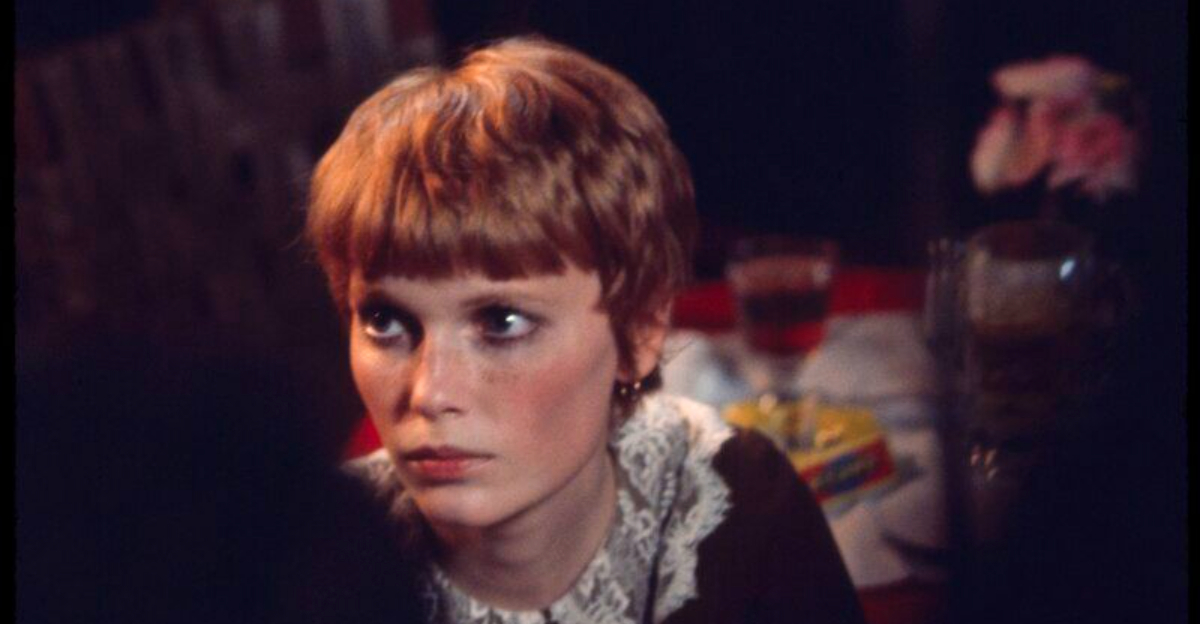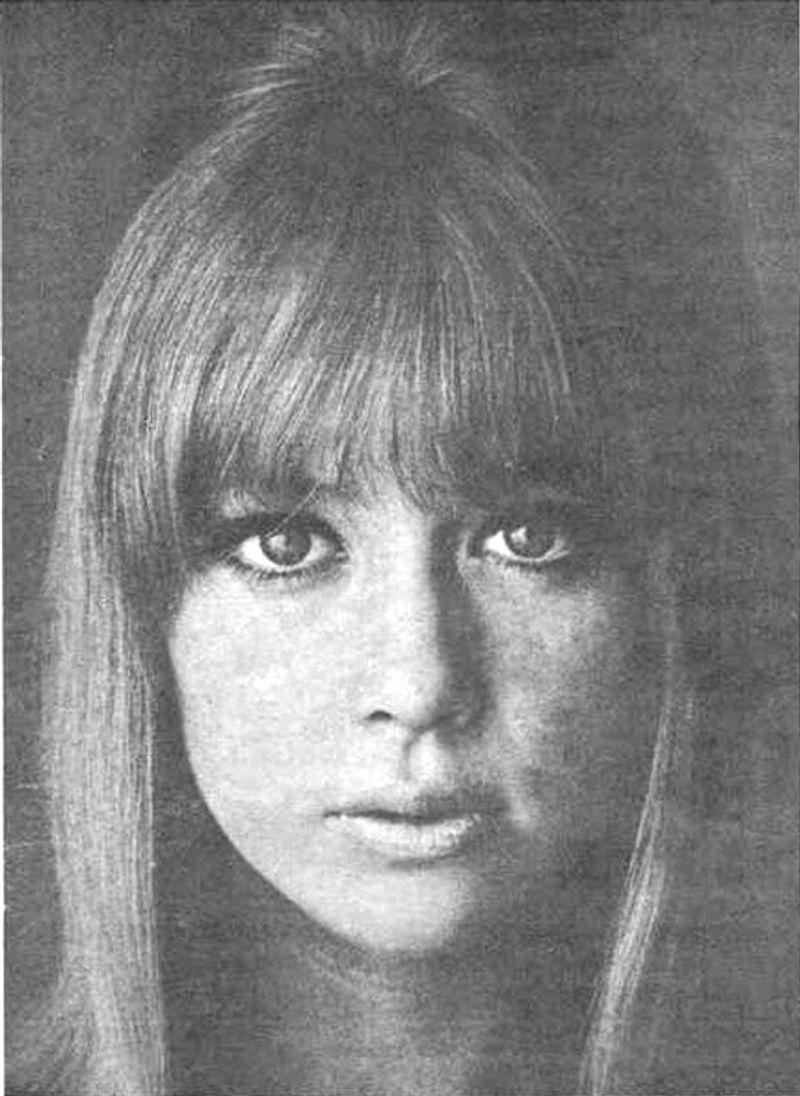Behind many legendary rock tracks stands a muse whose presence shaped melody, lyric, and myth. These women sparked confessions, anthems, and whispers that still echo from vinyl grooves to streaming playlists. Their lives intersected with icons at pivotal moments, turning private emotion into public art. Dive in to discover the faces, stories, and serendipities that ignited rock’s most unforgettable songs.
1. Pattie Boyd
Pattie Boyd was rock’s quintessential muse, orbiting two titans while inspiring timeless masterpieces. George Harrison wrote Something with tender restraint, capturing a universal ache. Eric Clapton channeled unrequited longing into Layla, then later domestic intimacy into Wonderful Tonight. Boyd’s presence illuminated the friction between devotion, desire, and artistic obsession, becoming a lens on rock’s emotional extremes. Her story, chronicled through photos and memoirs, links Swinging London, spiritual awakenings, and backstage fragility. Few figures so vividly embody the muse archetype. Through Boyd, private heartstorms became public classics that still feel intimate.
2. Cynthia Lennon
Cynthia Lennon stood at the crossroads of fame and ordinary life as Beatlemania erupted. Her marriage to John Lennon framed early songs steeped in conflict, concealment, and yearning, ripple effects heard in I’m a Loser and You’ve Got to Hide Your Love Away. Indirectly, Julian’s drawing birthed Lucy in the Sky with Diamonds, blending childhood wonder with psychedelia. Cynthia’s quiet resilience contrasted with the public maelstrom, revealing the pressures fame puts on intimacy. Through her, listeners glimpse Lennon’s ambivalence, guilt, and longing. She remains an essential, humanizing figure in the Beatles’ origin story.
3. Yoko Ono
Yoko Ono reframed John Lennon’s art, urging vulnerability and radical honesty that bled into solo and late-Beatles work. Her influence resonates in Woman, a tender apology, in Oh Yoko!, a giddy celebration, and in Jealous Guy, with its contrition and self-examination. Beyond muse, Ono was a collaborator whose conceptual rigor challenged pop boundaries. Their relationship fused activism, performance art, and bedroom intimacy into public statement. She became a lightning rod for criticism and inspiration alike. The songs endure as diary pages set to melody, their candor impossible without Ono’s uncompromising presence.
4. Prudence Farrow
Prudence Farrow’s retreat into deep meditation at the Maharishi’s ashram inspired Dear Prudence, a gentle invitation to rejoin the world. The Beatles translated her solitude into an airy, fingerpicked reverie that feels like sunshine luring a friend outside. It captures compassion without intrusion, patience without judgment. The song’s pastoral vibe mirrors the ashram’s promised tranquility while hinting at isolation’s thin line. Farrow’s earnest quest for stillness became a hymn to presence, community, and care. Dear Prudence endures as a reminder that kindness can sound like a chorus of voices coaxing the shutters open.
5. Mia Farrow
Mia Farrow’s presence during the Beatles’ India sojourn threaded into the myth behind Sexy Sadie, a caustic song aimed at shattered idealism. While the track ultimately coded its subject, the emotional spark came from disillusionment surrounding the retreat. Farrow’s involvement placed a familiar face within a swirling controversy about faith, celebrity, and projection. The song’s biting piano and harmonies weigh naivete against revelation. In that tension, Farrow becomes a waypoint for understanding the Beatles’ evolving skepticism. Sexy Sadie stands as a cautionary lullaby, where starry-eyed seekers confront the fallible humans behind spiritual promises.
6. Linda McCartney
Linda McCartney steadied Paul through the Beatles’ implosion, a ballast captured in Maybe I’m Amazed. The song’s ragged devotion feels lived-in, not perfumed, as if stitched from kitchen-table courage and late-night doubts. Linda’s grounding presence channeled domesticity into art without diminishing ambition. She encouraged collaboration, photography, vegetarian living, and a new band identity. The track’s piano surges and pleading vocal honor practical love, the kind that keeps creativity alive when the world tilts. Linda’s musehood was partnership, not pedestal. In her, Paul found continuity, candor, and a future worth singing into being.
7. Jane Fonda
Jane Fonda’s unapologetic visibility, activism, and kinetic confidence sparked Bob Seger’s Her Strut. The song captures the swagger of a woman moving through public scrutiny on her own terms, refracting admiration and unease. Fonda’s cultural ubiquity made her a shorthand for power unfettered by permission. In Seger’s hands, that stride becomes a beat-driven silhouette, part celebration, part provocation. The track interrogates how audiences respond to women who claim space boldly. Fonda’s aura, both Hollywood and insurgent, made the chorus crackle. Her Strut still struts because its subject never learned to walk small.
8. Peggy Sue Gerron
Peggy Sue Gerron lent her name and spark to Buddy Holly’s Peggy Sue, a rock and roll time capsule of hiccuping vocals and propulsive drums. The record’s youthful innocence feels like a gymnasium dance floor opening wide. Gerron’s local-girl aura anchored the song in lived reality, not fantasy, giving it a heartbeat beyond novelty. In amplifying her name, Holly etched personal affection into pop permanence. The track still crackles because it sounds like teenagers inventing tomorrow. Peggy Sue remains shorthand for sock-hop exhilaration, the moment when a crush becomes a chorus everyone knows.
9. Suzanne Verdal
Suzanne Verdal drifted through Leonard Cohen’s life as a poetic apparition, inspiring Suzanne, a hymn to platonic intimacy and spiritual detours. The song’s imagery glows with tea and oranges and the river’s slow counsel, folding city grit into liturgy. Verdal’s dancer’s grace and generosity gave Cohen a map of tenderness without possession. He sings from reverent distance, honoring mystery over conquest. The melody, spare and tidal, mirrors a conversation with silence. In Suzanne, affection becomes sanctuary. Verdal’s presence lingers like incense, guiding folk-rock toward a more contemplative, sensual vocabulary.
10. Caroline Kennedy
Caroline Kennedy served as an indirect spark for Neil Diamond’s Sweet Caroline after he saw her photo on a magazine cover. The song distilled a universal warmth rather than biography, turning a public figure into a symbol of shared good times. Its call-and-response chorus invites communal joy, a stadium ritual born from a private muse-moment. Diamond later confirmed the inspiration, reframing the tune as affectionate, not romantic. Caroline’s image, innocent and iconic, became a canvas for collective optimism. Sweet Caroline keeps blooming because it waters memory with simple, shining vowels.
11. Nancy Spungen
Nancy Spungen’s turbulent romance with Sid Vicious crystallized into punk’s darkest fairy tale, echoing through tributes like Rowland S. Howard’s Sid & Nancy and countless references. Their bond embodied chaos, dependency, and doomed glamour. Spungen became shorthand for the scene’s self-destruction and its brutal tenderness. The mythology often eclipses the person, yet the songs wrestle with that abyss. Through Nancy, punk examined love as wreckage and pledge, needle and rose. Her story warns and fascinates, a feedback loop of tabloids and guitars. The art remains jagged because the wound never fully closed.
12. Mary Austin
Mary Austin was Freddie Mercury’s anchor, the confidante he called his common-law wife. Love of My Life distills that devotion into a concert staple that transforms arenas into whispered chapels. The song’s fragile melody weds theatricality to sincerity, reflecting a bond that survived reinvention and revelation. Austin’s quiet steadiness gave Mercury room to be fearlessly himself. Their connection complicates tidy categories, celebrating love beyond labels. In every crowd singalong, you can hear gratitude for a person who stayed. Mary’s presence turns grandeur into home.
















